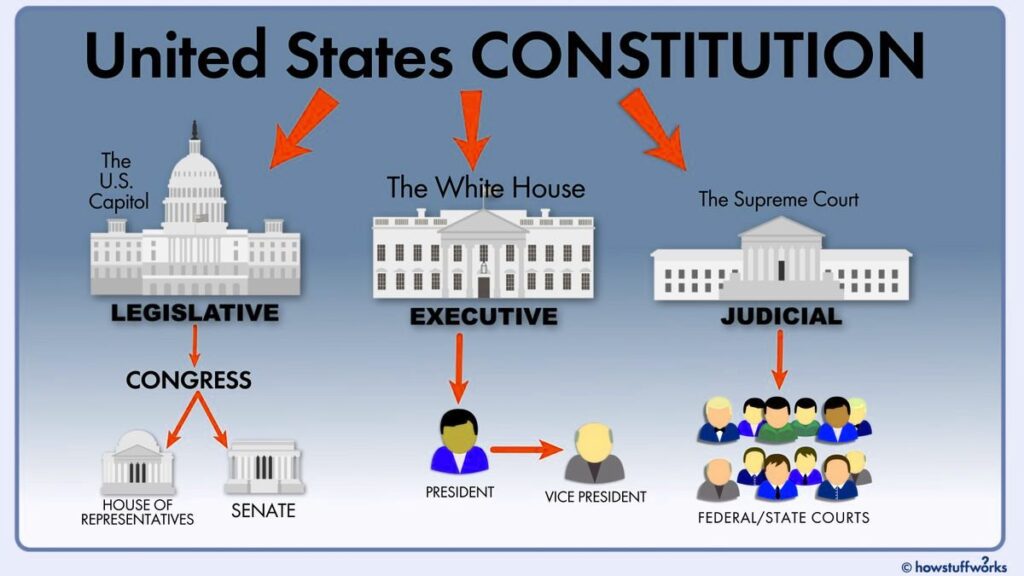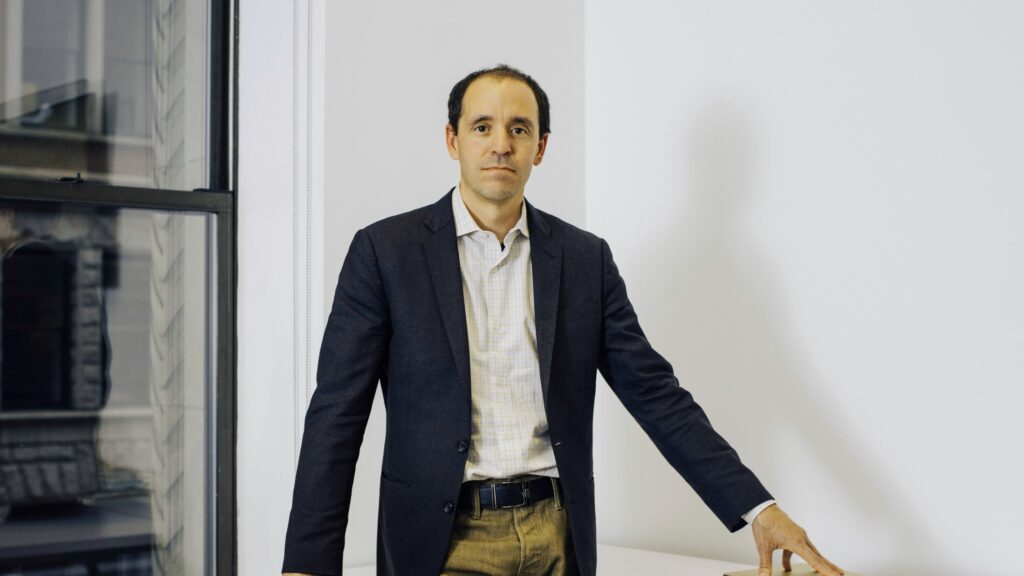TL;DR: AI Lawsuit Centers on Downloaded Porn for Personal Use
- The Headroom Hacker case continues to pose challenges for investigators.
- Key entities involved include the FCC and various law enforcement agencies.
- Video evidence plays a crucial role in the investigation.
- The implications of this case extend to cybersecurity policies and accountability.
- Future steps include enhanced investigative techniques and collaboration among agencies.
The Headroom Hacker: A Persistent Threat
The Headroom Hacker has emerged as a significant concern in the realm of cybersecurity, particularly due to the implications of their actions on personal privacy and data security. This case highlights the vulnerabilities that exist within digital infrastructures and the persistent threats posed by cybercriminals. The hacker’s ability to exploit weaknesses in systems raises alarms about the adequacy of current cybersecurity measures.
The Headroom Hacker is notorious for targeting individuals and organizations alike, often leaving a trail of compromised data in their wake. Their methods are sophisticated, utilizing advanced techniques that challenge even the most seasoned investigators. As the investigation unfolds, it becomes increasingly clear that this hacker is not just a fleeting threat but a persistent adversary that demands a robust response from law enforcement and cybersecurity professionals.
The ramifications of the Headroom Hacker’s activities extend beyond immediate data breaches. They serve as a stark reminder of the importance of vigilance in cybersecurity practices. Organizations must remain proactive in their approach to safeguarding sensitive information, as the consequences of inaction can be severe.
Challenges Faced by Investigators
Investigators working on the Headroom Hacker case face numerous challenges that complicate their efforts to bring the perpetrator to justice. These challenges range from technical hurdles to bureaucratic obstacles, all of which hinder the investigation’s progress.
Frustrations of the FCC Investigator
One of the primary frustrations expressed by investigators, particularly those from the Federal Communications Commission (FCC), revolves around the limitations of current investigative tools and resources. The complexity of digital evidence often requires specialized knowledge and technology that may not be readily available. This gap can lead to delays in gathering crucial information that could potentially identify the hacker.
Moreover, the bureaucratic processes involved in obtaining necessary permissions and clearances can slow down investigations. Investigators often find themselves caught in a web of red tape, which can be disheartening when time is of the essence. The urgency to act against cyber threats is palpable, yet the mechanisms in place can sometimes hinder swift action.
Dr. Marcus’s Recommendations
Dr. Michael Marcus, a prominent figure in telecommunications and cybersecurity, has offered several recommendations to improve the investigative process. He emphasizes the need for enhanced training for investigators, particularly in the realm of digital forensics. By equipping law enforcement with the necessary skills and knowledge, they can more effectively tackle cases involving complex cyber threats.
Additionally, Dr. Marcus advocates for better collaboration between agencies. The interconnected nature of cybercrime means that a coordinated response is essential. By sharing resources and intelligence, agencies can create a more formidable front against cybercriminals like the Headroom Hacker.
Key Quotes from the Investigation
The investigation into the Headroom Hacker has yielded several poignant quotes that encapsulate the challenges and frustrations faced by those involved.
Dr. Michael Marcus’s Perspective
“To Marcus, who now runs a telecom consultancy in Washington, the Headroom hacker was still ‘a bad guy’ and ‘the one that got away.’ But, he said, it wasn’t his fault.”
Dr. Michael Marcus
Dr. Marcus’s reflection on the case underscores the complexities of cyber investigations. Despite the best efforts of investigators, the elusive nature of cybercriminals can lead to feelings of frustration and helplessness.
The Unnamed Investigator’s Dilemma
“‘What am I supposed to do?’”
Unnamed FCC investigator
This quote highlights the emotional toll that such investigations can take on law enforcement personnel. The pressure to solve cases while navigating the intricacies of technology and bureaucracy can be overwhelming.
Entities Involved in the Investigation
The investigation into the Headroom Hacker involves a variety of entities, each playing a crucial role in the pursuit of justice. These entities include federal agencies, law enforcement organizations, and private sector partners.
The Federal Communications Commission (FCC) is at the forefront of the investigation, utilizing its regulatory authority to address the implications of the hacker’s actions on telecommunications. Additionally, various law enforcement agencies, including the FBI and local police departments, are collaborating to gather evidence and track down leads.
Private sector companies, particularly those specializing in cybersecurity, are also integral to the investigation. Their expertise in digital forensics and threat analysis provides valuable insights that can aid in identifying the hacker and preventing future incidents.
| Entity | Role |
|---|---|
| FCC | Regulatory oversight and investigation |
| FBI | Federal law enforcement and intelligence gathering |
| Local Police Departments | On-the-ground investigation and support |
| Cybersecurity Firms | Technical expertise and forensic analysis |
Table 1: Entities Involved in the Headroom Hacker Investigation
The Role of Video Evidence in Investigations
Video evidence has emerged as a critical component in the investigation of the Headroom Hacker case. The ability to analyze video footage can provide investigators with valuable insights into the hacker’s methods and potential identity.
Dr. Marcus emphasizes the importance of leveraging video evidence effectively. He suggests that investigators should focus on the locations where the hacking activities are believed to have occurred. By analyzing video from these areas, they may be able to identify suspicious individuals or activities that could lead to breakthroughs in the case.
The integration of video evidence into the investigative process not only enhances the chances of identifying the hacker but also serves as a deterrent for future cybercriminals. Knowing that their actions may be captured on camera can dissuade potential offenders from engaging in illicit activities.
Implications of the Headroom Hacker Case
The Headroom Hacker case carries significant implications for cybersecurity policy and practice. As the investigation unfolds, it becomes clear that the challenges faced by investigators are reflective of broader issues within the field of cybersecurity.
One of the primary implications is the need for enhanced cybersecurity measures across all sectors. Organizations must prioritize the protection of sensitive data and invest in robust security protocols. The consequences of failing to do so can be dire, not only for individuals but also for businesses and institutions.
Furthermore, the case highlights the importance of accountability in cybersecurity. As cyber threats continue to evolve, it is essential for organizations to take responsibility for safeguarding their data and responding effectively to breaches. This includes not only implementing preventative measures but also having a clear plan for addressing incidents when they occur.
Future Steps for Investigators
Looking ahead, investigators in the Headroom Hacker case must adopt a proactive approach to enhance their chances of success. This involves several strategic steps aimed at improving investigative techniques and fostering collaboration among agencies.
First and foremost, ongoing training for investigators is essential. As technology continues to advance, so too must the skills of those tasked with combating cybercrime. By staying abreast of the latest developments in digital forensics and cybersecurity, investigators can better navigate the complexities of cases like the Headroom Hacker.
Additionally, fostering collaboration between federal, state, and local agencies is crucial. The interconnected nature of cybercrime means that a unified response is necessary to effectively address threats. By sharing intelligence and resources, agencies can create a more formidable front against cybercriminals.
Finally, leveraging technology and data analytics can provide investigators with valuable insights. By utilizing advanced tools to analyze patterns and trends in cybercrime, investigators can identify potential leads and enhance their overall effectiveness.
Final Thoughts on Cybersecurity and Accountability
The Importance of Vigilance in Cybersecurity
As the Headroom Hacker case illustrates, vigilance in cybersecurity is paramount. Organizations must remain proactive in their efforts to protect sensitive data and respond to emerging threats. This requires a commitment to ongoing training, investment in technology, and a culture of accountability.
Navigating the Complexities of Accountability
The complexities of accountability in cybersecurity cannot be overstated. Organizations must take responsibility for their data security practices and ensure that they are prepared to address incidents when they occur. This includes having clear policies in place and fostering a culture of transparency.
Future Directions for Cybersecurity Policy
Looking ahead, the implications of the Headroom Hacker case should inform future directions for cybersecurity policy. Policymakers must prioritize the development of robust frameworks that address the evolving nature of cyber threats. By fostering collaboration between public and private sectors, we can create a more resilient cybersecurity landscape.
In conclusion, the Headroom Hacker case serves as a critical reminder of the ongoing challenges faced by investigators in the realm of cybersecurity. By learning from these challenges and implementing strategic measures, we can work towards a safer digital environment for all.

